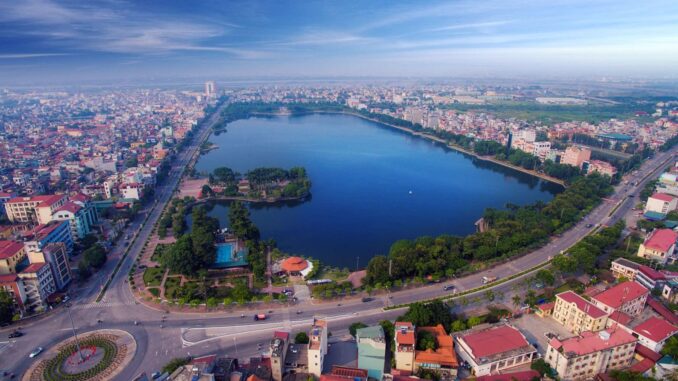
Hải Dương (Hai Duong) is a province in northern Vietnam, located about 50 kilometers from Hanoi, the capital city. Hai Duong was once the capital of the Ly Dynasty, one of the most prosperous dynasties in Vietnamese history. Today, Hai Duong is known for its traditional handicrafts, its beautiful temples and pagodas, and its delicious food. Hải Dương is located 58 kilometers from Hanoi, 45 kilometers from Haiphong, and 80 kilometres from Halong Bay.
Location
Hai Duong is located in the Red River Delta in northern Vietnam. It is bordered by Bac Ninh, Bac Giang provinces on the north, Hai Phong, Quang Ninh provinces on the east, Hung Yen Province on the west, and Thai Binh Province on the south. The network of rivers includes Thai Binh, Rang, Kinh Thay, and Dao rivers’ giving good conditions for agriculture and water transportation. Hai Duong is a relatively small province, but it is home to a variety of natural and cultural attractions.
Transportation
Hai Duong is well-connected to other parts of Vietnam by road and rail. The province has a central bus station, which connects the province to other major cities in Vietnam. Hai Duong also has a central train station, which connects the province to Hanoi and other major cities in northern Vietnam. There are also many taxis that operate in Hai Duong.
Weather
Hai Duong has a tropical climate with two distinct seasons: a hot and humid summer from May to October, and a mild and dry winter from November to April. The best time to visit Hai Duong is during the winter months, when the weather is pleasant.
Top destinations to explore
1. Quần thể Côn Sơn – Kiếp Bạc (Con Son-Kiep Bac Complex)

The Con Son-Kiep Bac Complex stands as a captivating testament to the province’s rich historical and cultural heritage. This sprawling complex, encompassing a vast area of over 8,000 hectares, unveils a harmonious blend of ancient pagodas, tranquil temples, and verdant forests, offering a glimpse into the lives and legacies of Vietnam’s revered figures.
The Con Son-Kiep Bac Complex traces its origins to the 13th century, during the reign of the Tran Dynasty. The complex served as a spiritual sanctuary and a hub for intellectual pursuits, attracting renowned scholars and monks who sought enlightenment and contributed to the advancement of Vietnamese literature and philosophy.
2. Đền Chu Văn An (Chu Van An Temple)
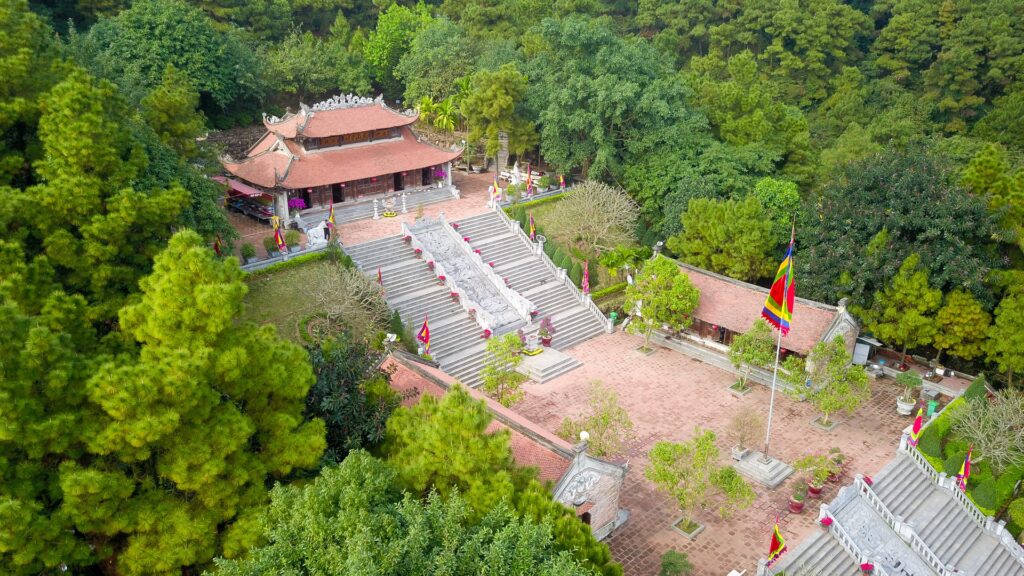
This magnificent sanctuary, dedicated to the esteemed Confucian scholar Chu Van An, offers a glimpse into the profound impact of education on shaping the nation’s identity and cultural heritage.
The Chu Van An Temple, constructed in 1282, reflects the harmonious blend of traditional Vietnamese architectural styles and the principles of Confucianism. The temple’s layout follows a strict axial pattern, with a series of courtyards, halls, and shrines aligned along a central axis. The temple’s design is characterized by its elegant simplicity, intricate carvings, and vibrant murals, all harmonizing to create an atmosphere of reverence and scholarly pursuit.
3. Làng Chài Cửa Vạn (Cua Van Floating Village)
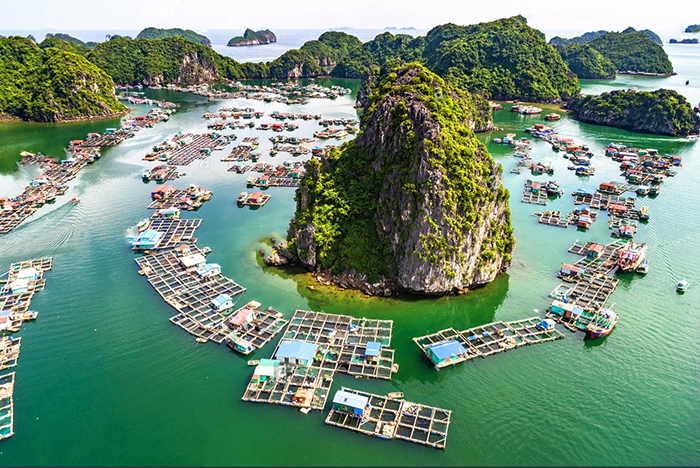
Stepping onto one of the many wooden boats that serve as the village’s primary mode of transportation, one is immediately captivated by the tranquil atmosphere and the harmonious blend of nature and human ingenuity. The village’s houses, constructed on sturdy wooden rafts, float gently along the river, forming a vibrant tapestry of colors and sounds.
The villagers, with their deep connection to the river and their mastery of boat-based living, exude a warmth and hospitality that makes visitors feel instantly welcomed. Their daily lives revolve around the river, from fishing and farming to trading and socializing.
4. Làng gốm Chu Đậu (Chu Dau Pottery Village)
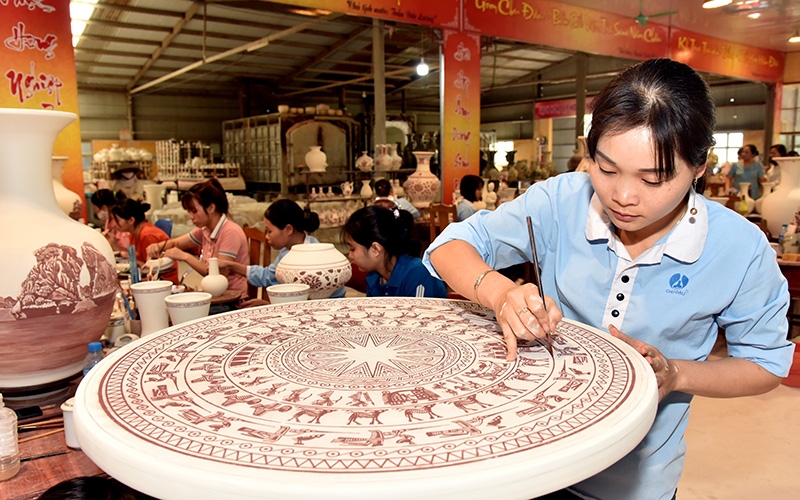
The origins of Chu Dau Pottery Village can be traced back to the 14th century, when it emerged as a thriving hub of pottery production. During its golden era in the 15th and 16th centuries, Chu Dau pottery gained immense recognition for its exquisite craftsmanship and unique design aesthetics. The village’s artisans meticulously crafted a diverse range of ceramic изделий, including vases, jars, bowls, and decorative pieces, each adorned with intricate patterns and vibrant glazes.
Today, Chu Dau Pottery Village stands as a testament to the enduring legacy of Vietnamese ceramic artistry. Visitors to the village are captivated by the rhythmic symphony of sounds emanating from the workshops, where artisans deftly manipulate clay into works of art. The air is filled with the earthy aroma of clay, the gentle tapping of pottery tools against spinning wheels, and the crackling of kilns as they transform raw materials into exquisite masterpieces.
Food
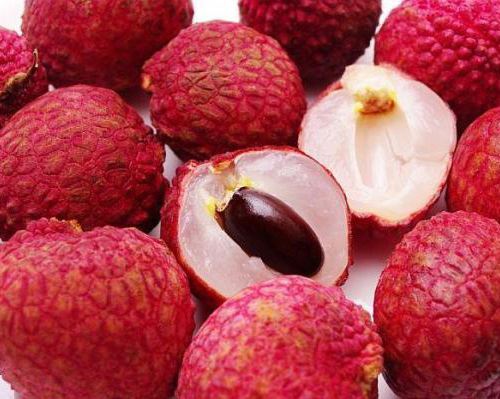
Vải thiều Thanh Hà (Thanh Ha Lychee): The skin of Thanh Ha lychee fruit is dark red and slightly rough, and it grows to be as big as the big toe in clusters. Inside are several seedless fruits and a white, juicy flesh that can be peeled off. Particularly the perfume of lychee after eating is still lingering, the roots of the teeth are uniformly absorbed when savoring the sweet and cold taste of lychee juice.
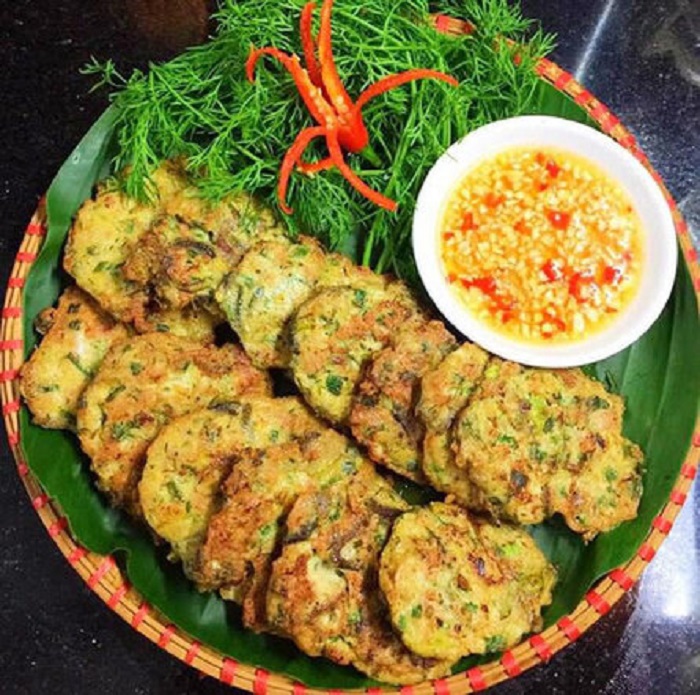
Chả Rươi Tứ Kỳ: Ruoi season begins in the 8th lunar month, the most delicious dish in this countryside.This famous dish in Hai Duong is attractive by the bold sweetness of rotten meat, mixed with chicken eggs and unforgettable tangerine peel.
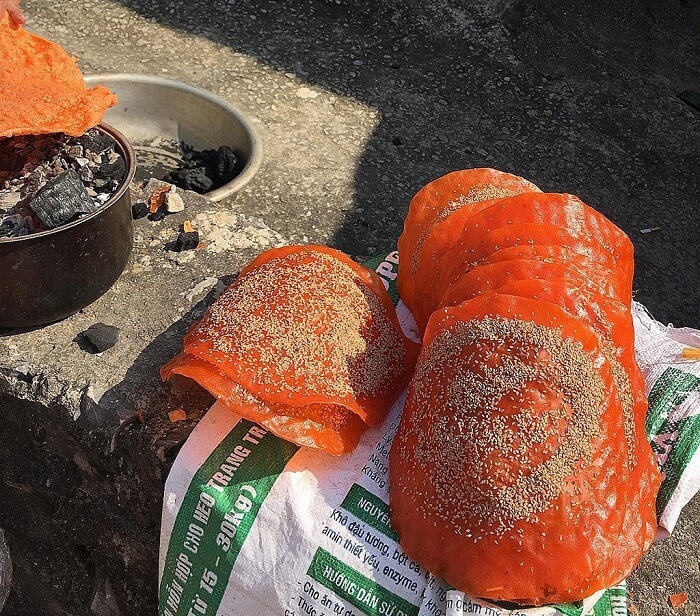
Bánh đa gấc Kẻ Sặt: Simple ingredients like rice, sesame sugar, peanuts, coconut slices, and the flavor of fresh ginger are used to make this. The golden color of the dish is changed by the addition of gac to a lovely red. When eaten, the cake has a flavor similar to that of fleshy rice combined with the aroma of peanuts, coconut, and sesame, which is very distinct from the typical forms of rice paper.
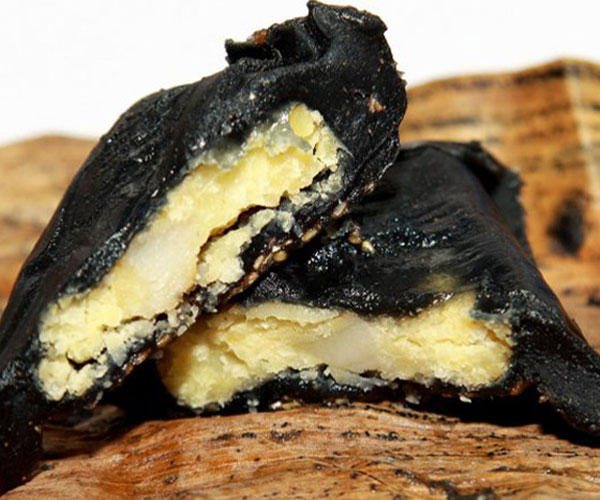
Bánh Gai Ninh Giang (Ninh Giang Gai Cake): The crust is constructed with crushed hemp leaves and glutinous rice flour, and it has a very appealing color. Green beans, coconut, squash, additional sesame, lotus seeds, and finely chopped fat are also included in the filling, which has the distinct aroma of peeled, soft peas.
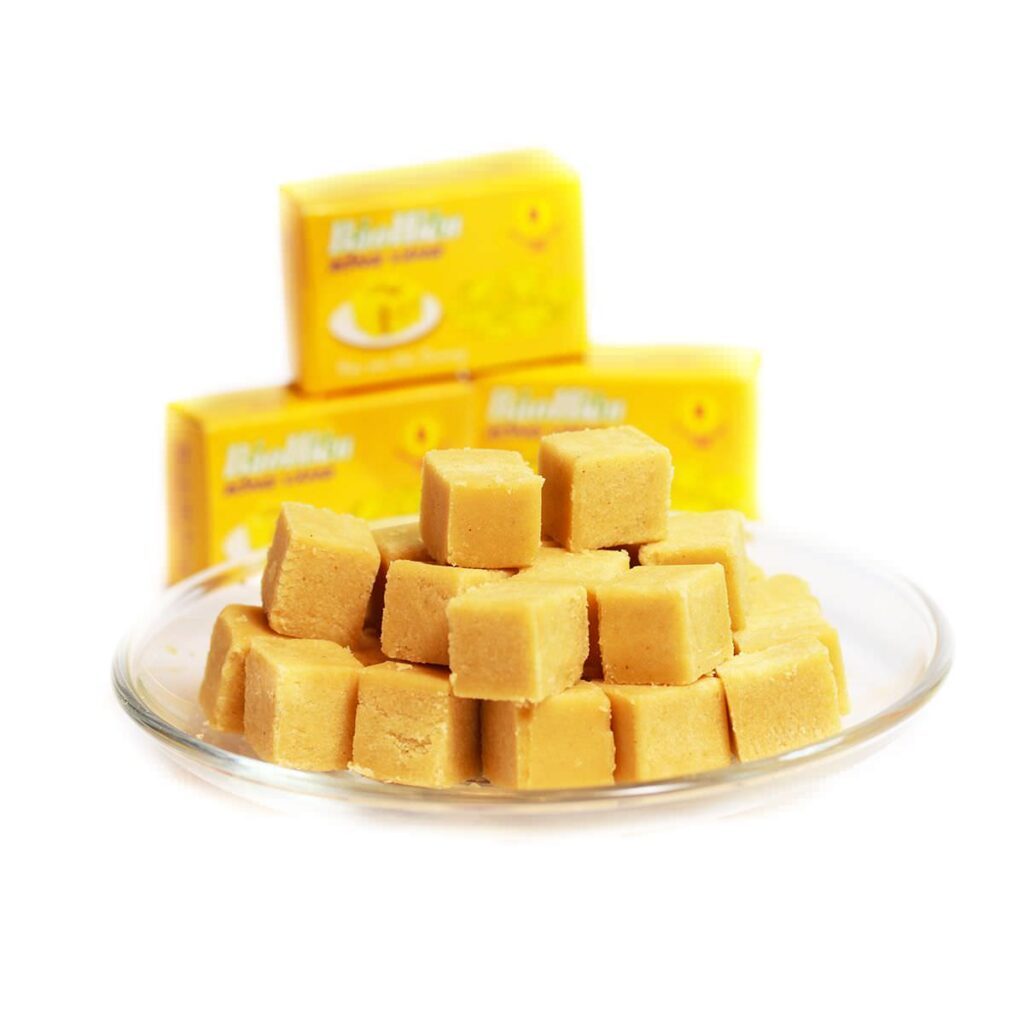
Bánh đậu xanh Hải Dương (Hai Duong green-bean cake): The richness and aroma of each variety of cake varies, and some cakes also contain lotus seeds, peanuts, or red bean paste. The mung bean cake from Hai Duong has a grapefruit blossom aroma and a fragrant, oily taste that isn’t overly sweet.
Accommodation
– Purple Lotus Hotel: A 3-star hotel located in the city center, close to many popular tourist attractions, such as the Hai Duong Museum and the Hai Duong Cathedral.
– Nam Cuong Hai Duong Hotel: A 4-star hotel located in the city center.
– Kim Bao Hotel: 3-star hotel located next to Highway 5, very convenient for traveling.
Hai Duong is a beautiful province with a lot to offer visitors. It is a great place to visit for those who are interested in Vietnamese history, culture, and food. If you plan to visit Hai Duong, don’t forget to apply for a Visa. With the easy and fast Visa procedures, you can travel to Vietnam at any time!